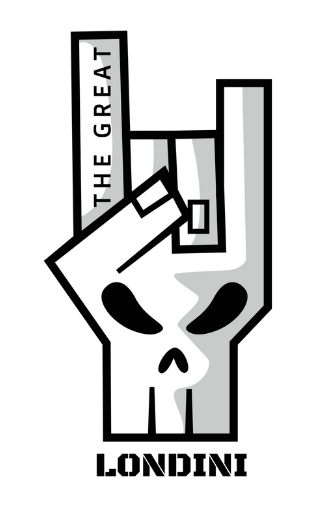Talking to Kids About People with Disabilities
As parents, one of our most important roles is to help our children grow into kind, empathetic, and inclusive individuals. One valuable way to nurture these qualities is by teaching kids about people with disabilities—what disabilities are, how they can vary, and most importantly, how to treat everyone with respect and compassion.
These conversations don’t have to be complicated, and they can begin early. Here’s a guide to help you start that important dialogue.
Why This Conversation Matters
Children are naturally curious. If they see someone using a wheelchair or hear someone speaking differently, they may ask questions—sometimes loudly or bluntly. That’s okay. Curiosity is a chance to learn.
When we don’t address those questions or shy away from them, children may pick up on unspoken biases or grow up unsure of how to engage respectfully with people who have disabilities.
By talking openly and positively, we teach kids that differences aren’t something to fear or pity—they’re just part of being human.
Start with a Simple Explanation
You might say something like:
“People with disabilities might do things differently than you or me. Some may use tools like wheelchairs or hearing aids. Others may learn or speak in their own unique way. But they’re just as smart, kind, and full of feelings as anyone else.”
Keep the language age-appropriate, and answer their questions honestly. Don’t worry about having the perfect answer—what matters most is your openness.
Teach Respectful Language and Behavior
Kids learn by example. Use respectful language and avoid words that make disability seem like something negative or shameful. Encourage your child to:
Use person-first language (e.g., “a person who uses a wheelchair” vs. “a wheelchair-bound person”).
Ask before helping: Teach them not to assume someone needs help—asking first is respectful.
Focus on similarities: Everyone likes to play, learn, laugh, and be included.
Answer Their Questions Honestly
If your child asks, “Why does that person talk like that?” you might say:
“Everyone talks a little differently. Some people’s bodies work differently, and that’s okay. We can still be friends and learn from each other.”
Children take cues from how we react. If you respond with patience and kindness, they will too.
Celebrate Differences—and Inclusion
Point out examples of people with disabilities in books, shows, and your community. Discuss how schools and playgrounds can be accessible for everyone. Encourage friendships that reflect the diversity of the world.
Representation matters: when kids see people with disabilities as teachers, athletes, artists, and peers, they develop a broader and more inclusive worldview.
Books and Resources to Explore Together
Here are a few great books for kids that feature characters with disabilities:
“Just Ask!” by Sonia Sotomayor
“We’re All Wonders” by R.J. Palacio
“All the Way to the Top” by Annette Bay Pimentel
“A Friend for Henry” by Jenn Bailey
These stories can be great conversation starters and help children see disability through the lens of understanding and friendship.
Talking to your kids about disabilities isn’t a one-time lesson—it’s an ongoing opportunity to build empathy and kindness. With your guidance, your child can grow up not just aware of differences, but comfortable, compassionate, and welcoming toward them.
Inclusivity starts at home. Let’s raise kids who see the value in every person.

